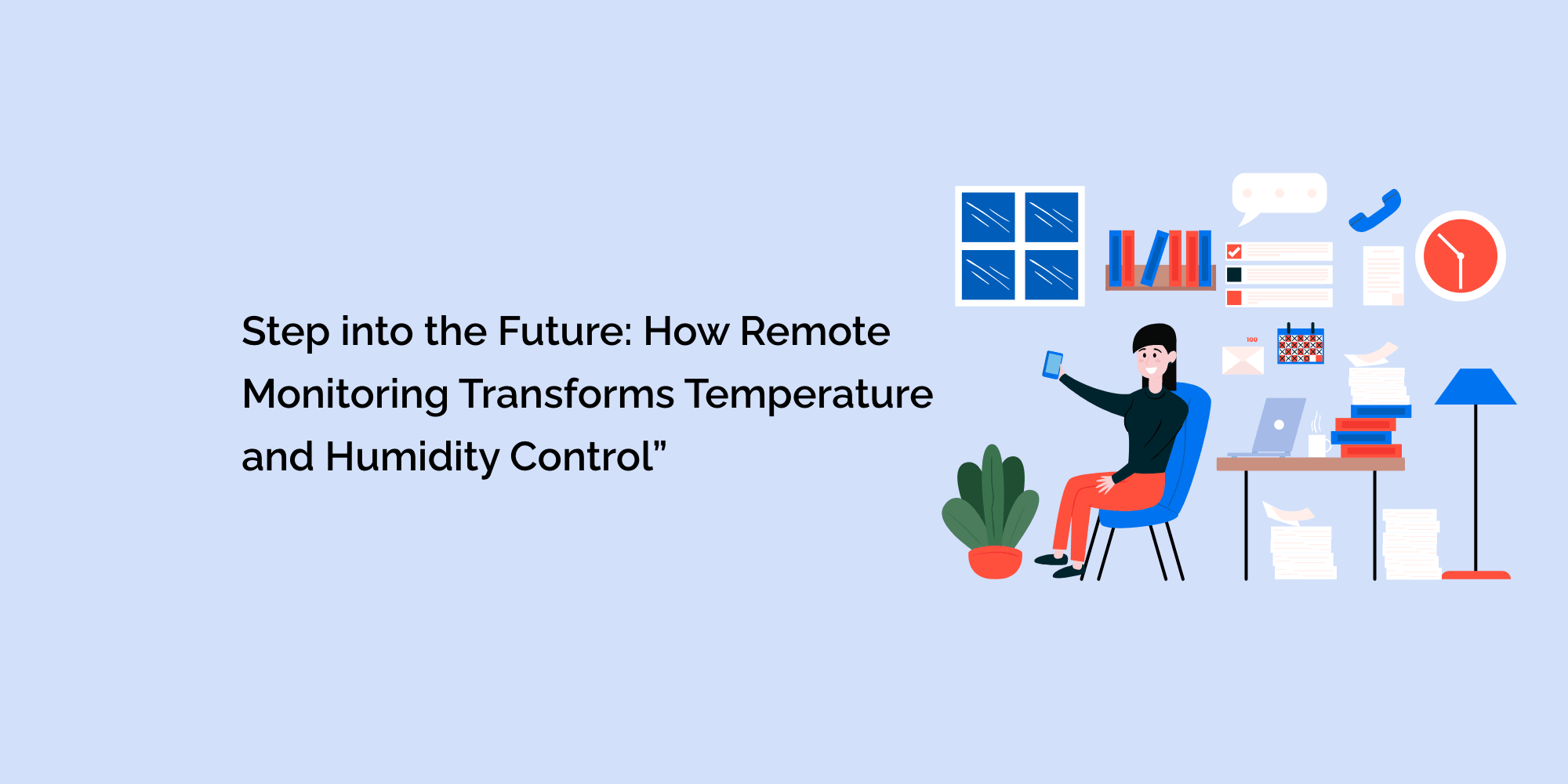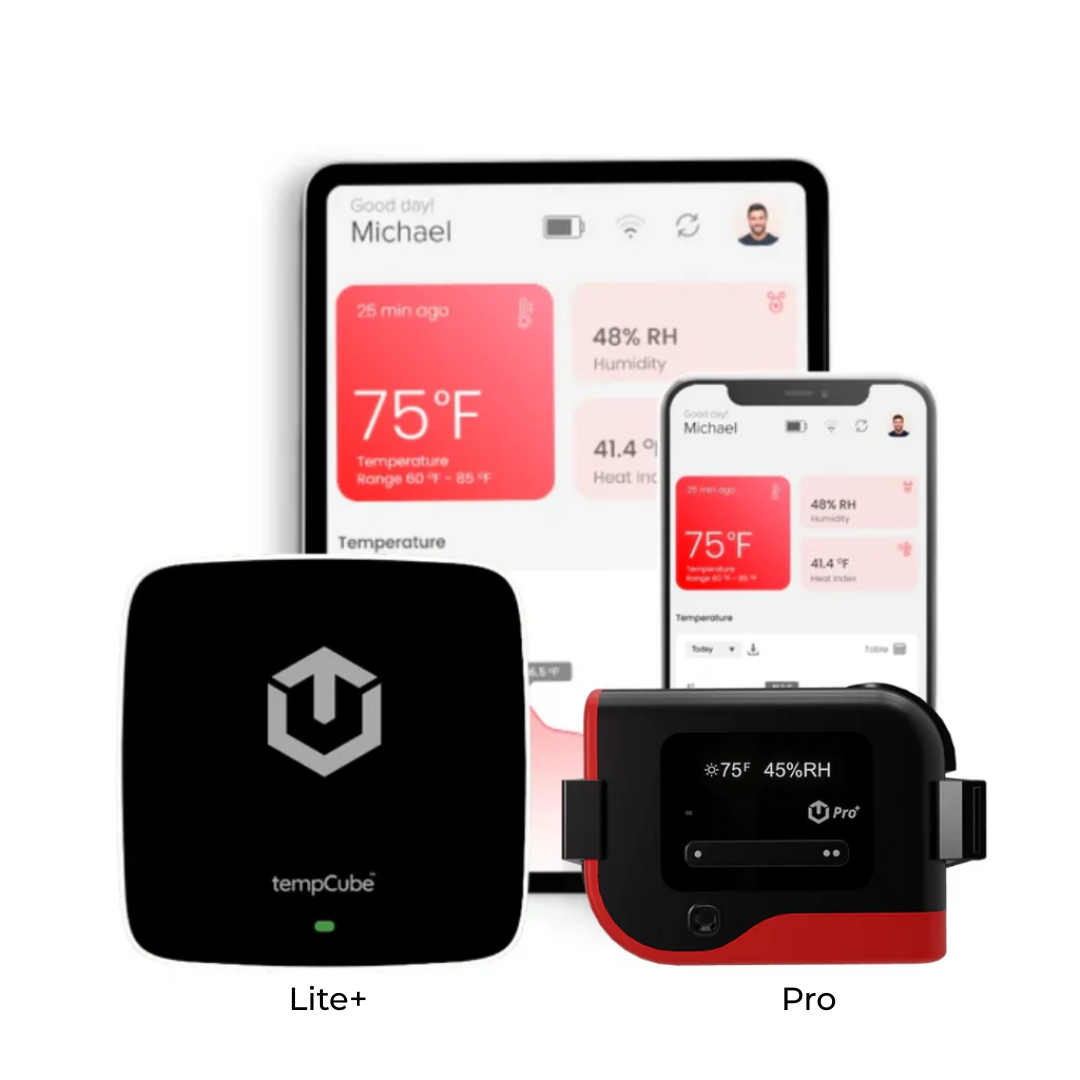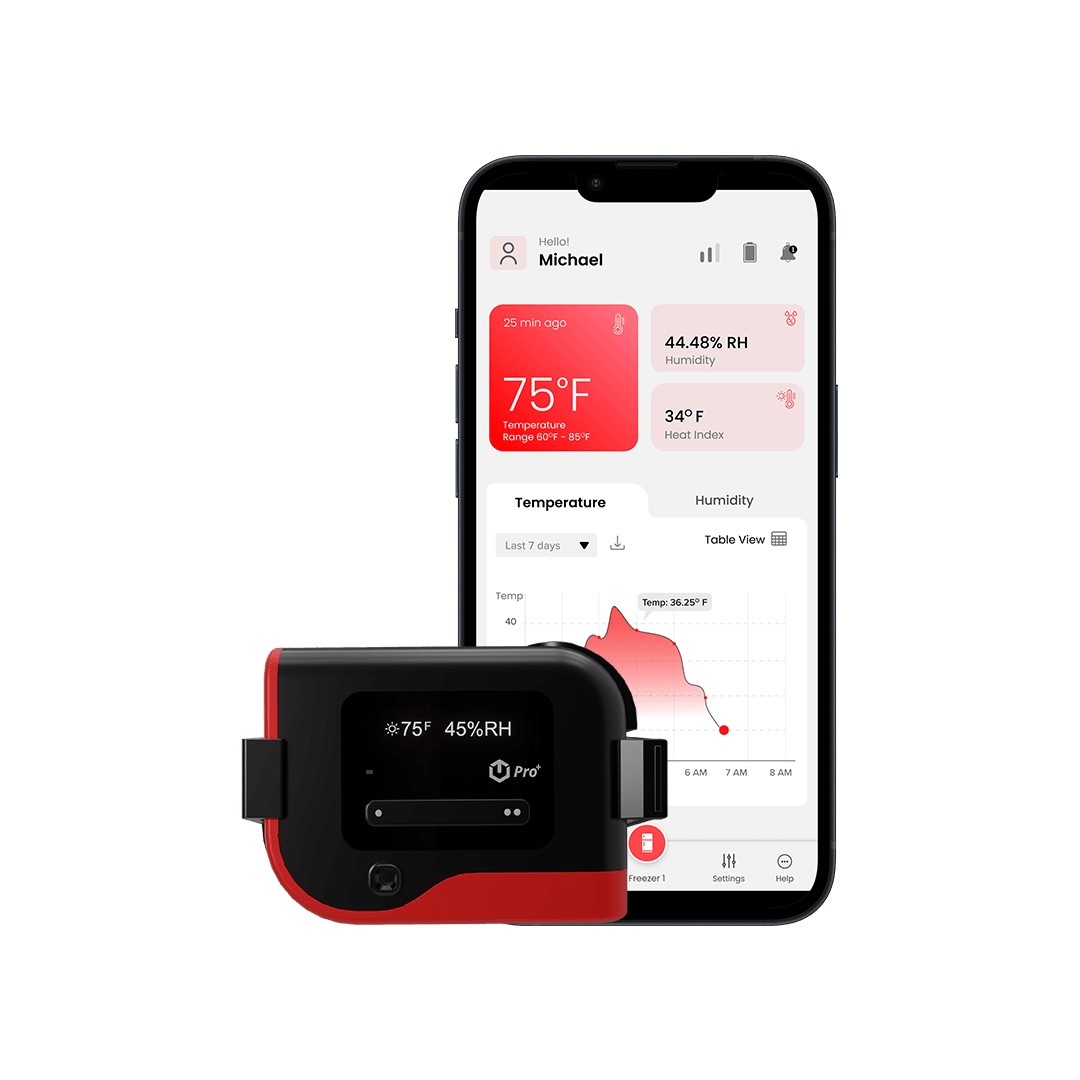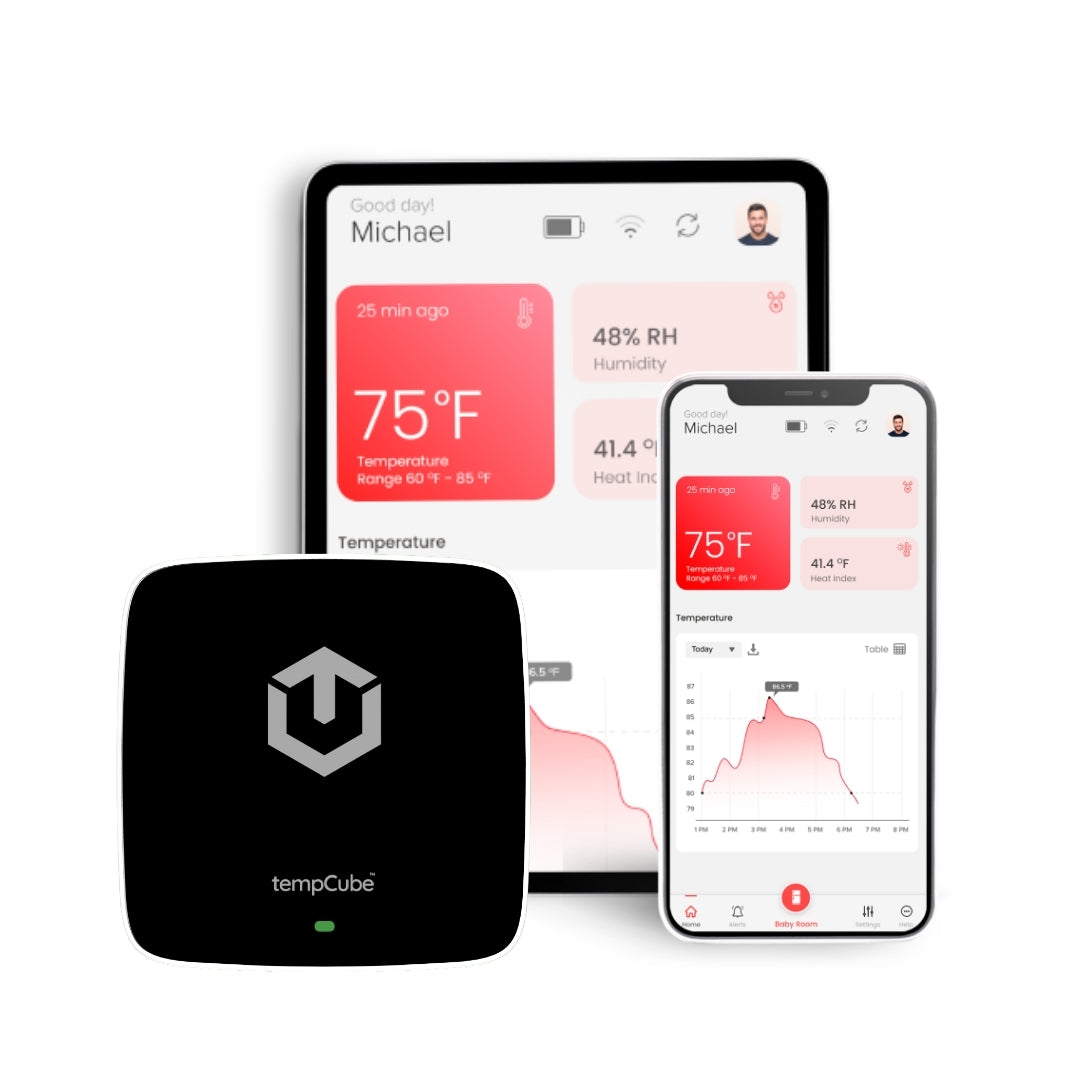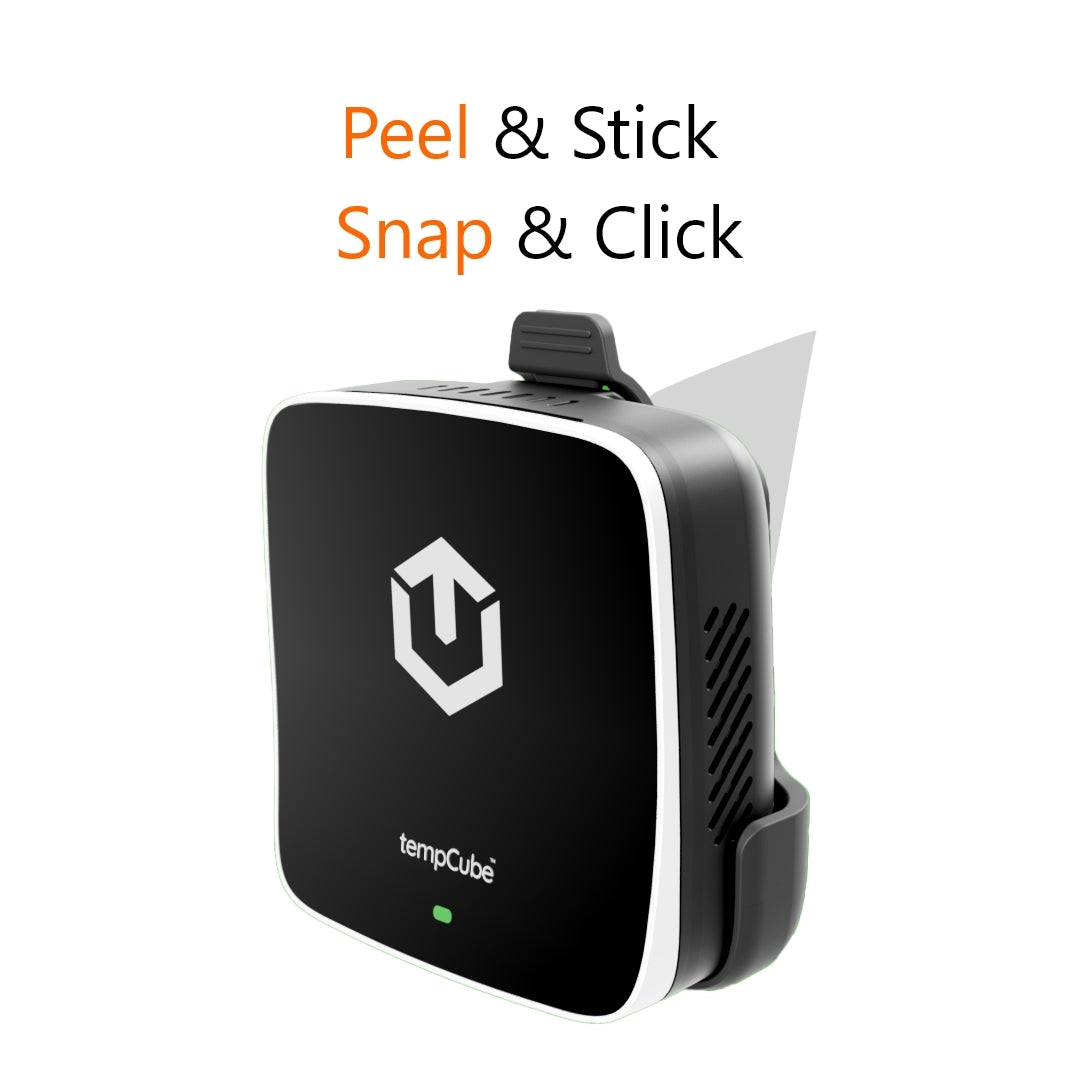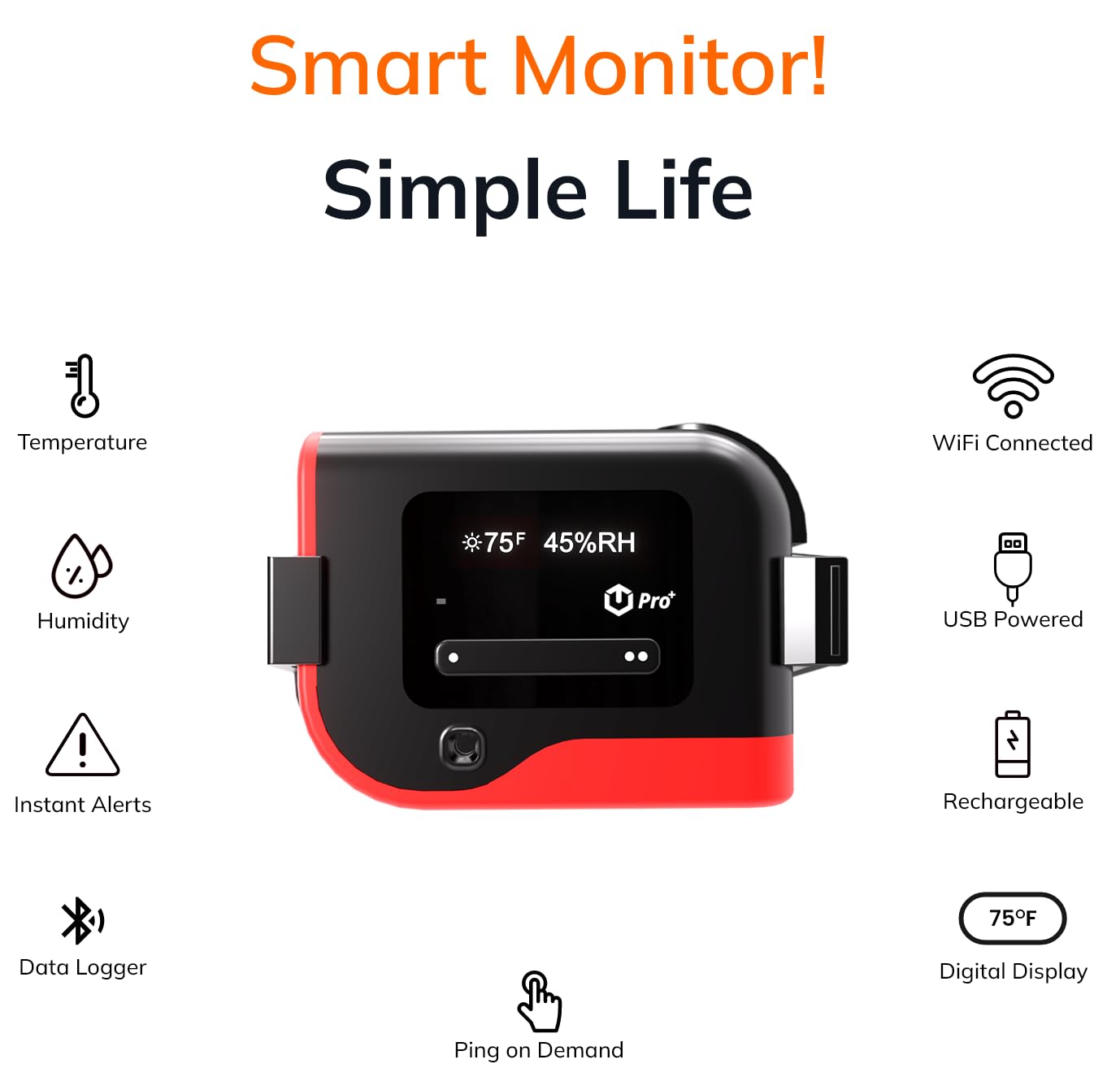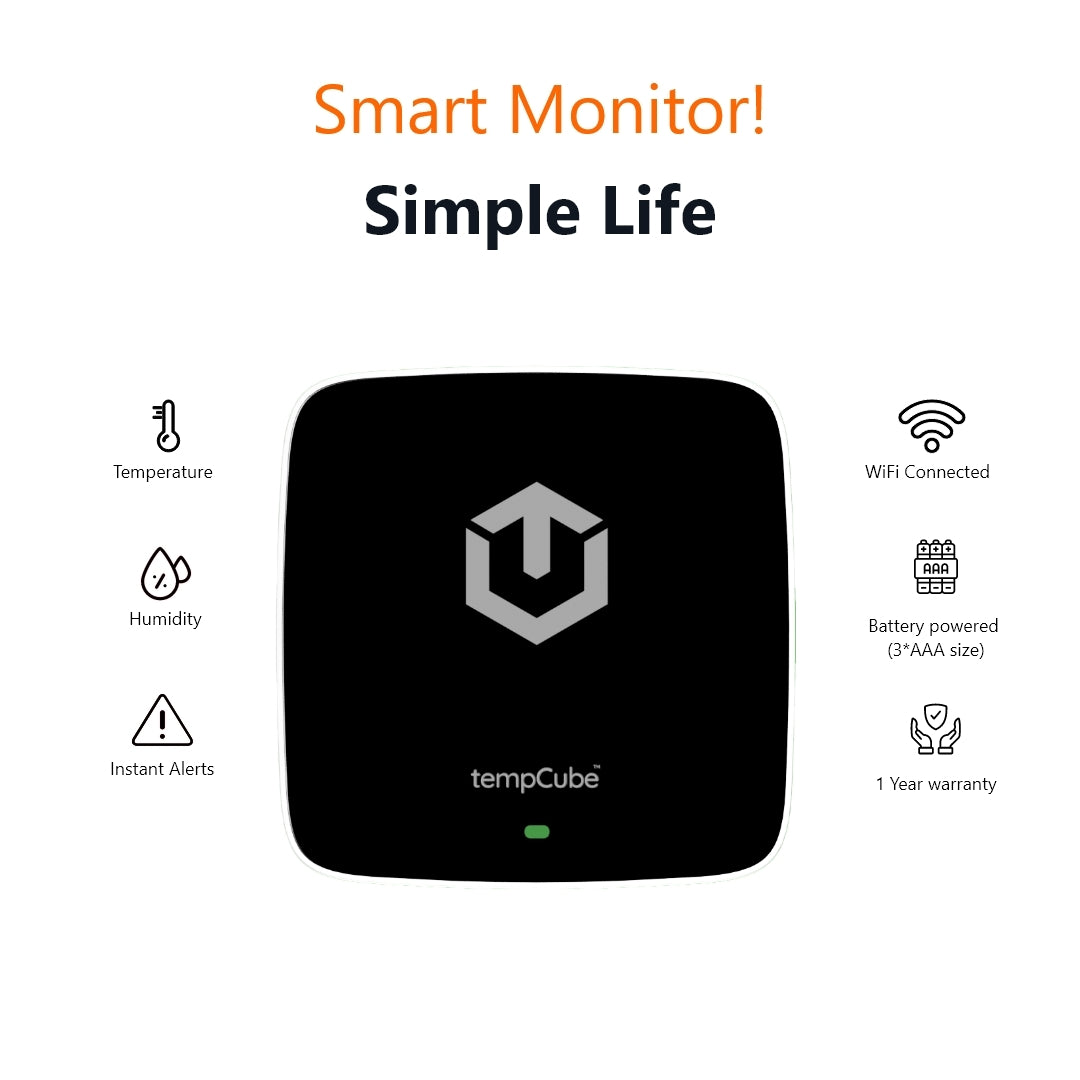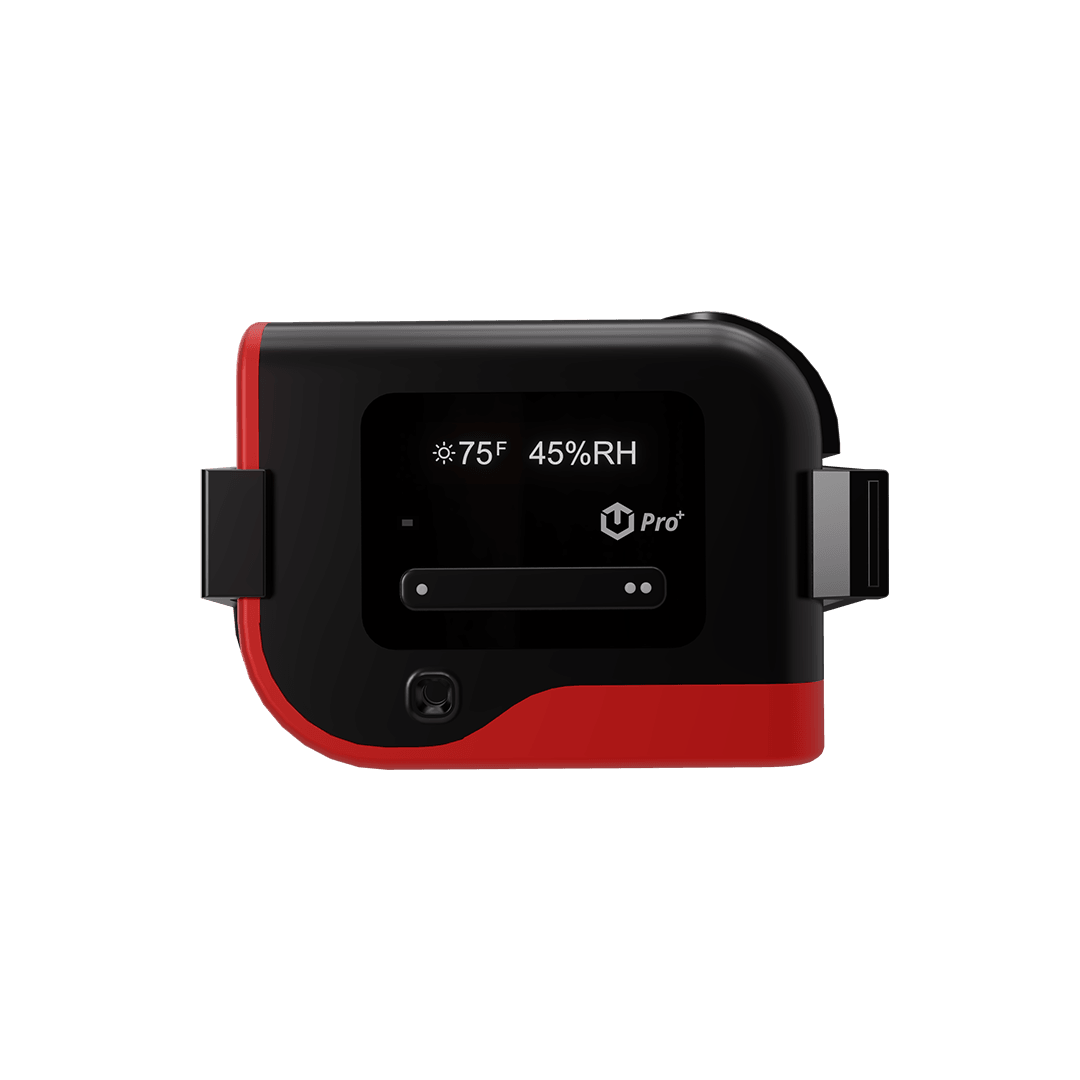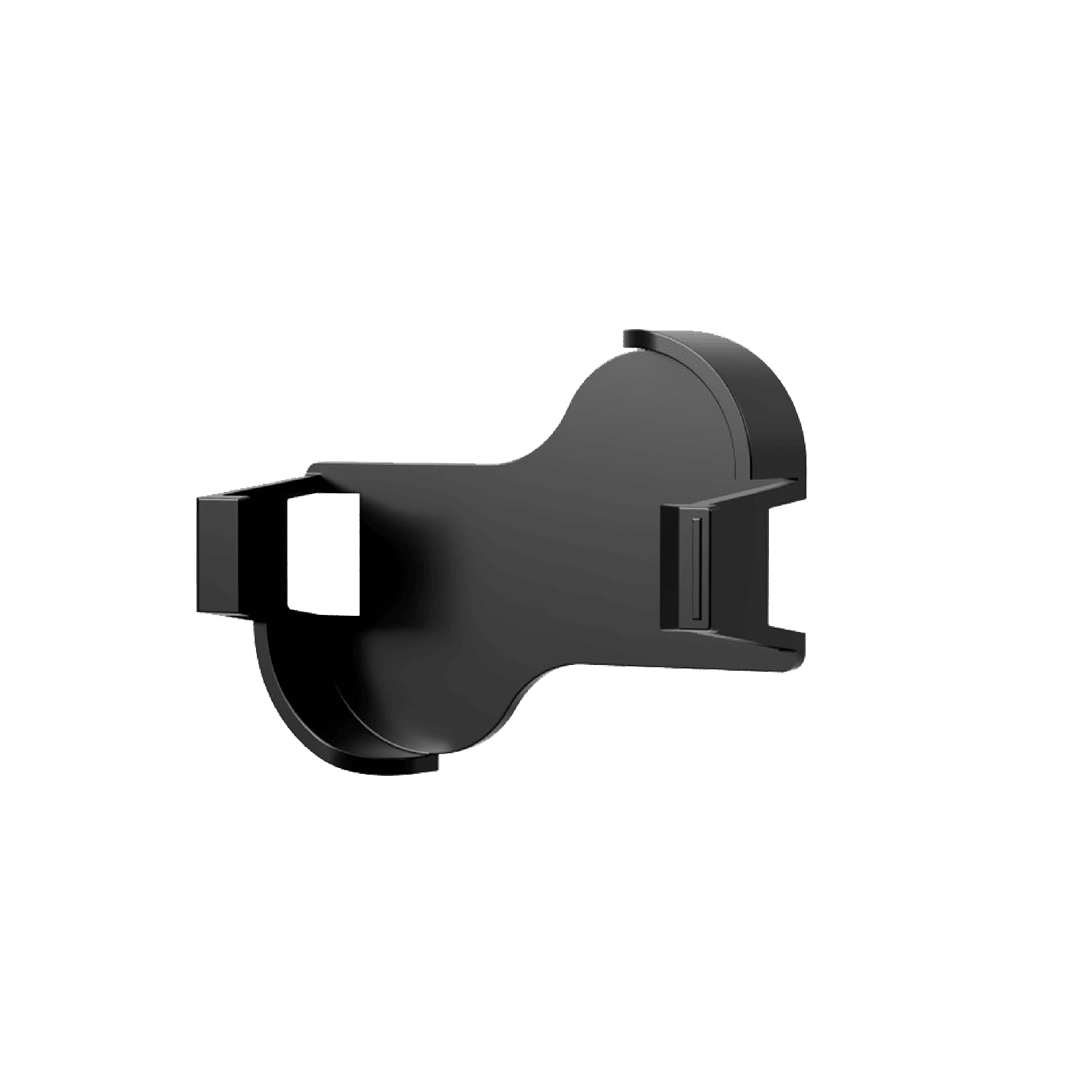In a world driven by technological advancements, remote monitoring has emerged as a transformative solution across various sectors. One of the most crucial applications of this innovation is in the realm of temperature and humidity control. From agriculture to healthcare and manufacturing to data centers, the impact of remote monitoring on maintaining optimal conditions is undeniable.
The Evolution of Temperature and Humidity Control
Traditionally, controlling temperature and humidity was a manual endeavor, fraught with challenges. Fluctuations in climate and human error often resulted in suboptimal conditions, leading to compromised outcomes. As industries advanced, so did the need for more efficient control systems. This paved the way for the evolution of remote monitoring.
Understanding Remote Monitoring
Remote monitoring is the process of observing and controlling systems from a distance. In the context of temperature and humidity control, it involves the use of sensors, data transmission, and real-time feedback mechanisms. Sensors placed in strategic locations collect data and transmit it to a central platform, which then allows for remote analysis and adjustments.
Benefits of Remote Monitoring in Temperature and Humidity Control
The advantages of remote monitoring over traditional methods are manifold. Accuracy and precision are significantly enhanced as data is collected and processed in real-time. This leads to informed decision-making and timely interventions. The efficiency gains are undeniable, translating into reduced energy consumption and cost savings. Human errors, often inevitable in manual systems, are minimized, ensuring consistent quality.
Applications Across Industries
The transformative impact of remote monitoring is felt across diverse industries:
-
Agriculture: Greenhouses and farms benefit from maintaining ideal conditions for crop growth and livestock health. Remote monitoring optimizes irrigation, temperature, and humidity to boost yields.
-
Healthcare: Pharmaceuticals require stringent temperature control for efficacy. Remote monitoring ensures that storage conditions adhere to regulatory standards, safeguarding patient well-being.
-
Manufacturing: In manufacturing processes, precision is paramount. Remote monitoring guarantees stable conditions, resulting in enhanced product quality and reduced wastage.
-
Data Centers: Data centers house sensitive IT infrastructure. Remote monitoring prevents overheating, ensuring uninterrupted operation and preventing data loss.
-
Food Storage: From restaurants to cold storage facilities, remote monitoring prolongs the freshness of perishables, reducing spoilage and waste.
-
Museums and Archives: Precious artifacts and historical documents demand specific climate conditions. Remote monitoring safeguards these treasures for future generations.
Challenges and Solutions
While remote monitoring offers substantial benefits, challenges such as connectivity issues and data security concerns must be addressed. Ensuring robust connectivity and implementing encryption protocols mitigate these risks. Initial setup costs can also be a concern, but the long-term efficiency gains often outweigh the investment.
Case Studies
Real-world examples underscore the effectiveness of remote monitoring:
-
A greenhouse in the Netherlands increased tomato yields by 30% by precisely controlling temperature and humidity remotely.
-
A pharmaceutical company maintained drug potency by remotely monitoring storage conditions, ensuring compliance with regulations.
-
A data center in the U.S. optimized cooling systems using remote monitoring, resulting in a 15% reduction in energy consumption.
Future Trends and Innovations
As technology continues to evolve, the future of remote monitoring holds exciting possibilities:
-
AI Integration: Artificial intelligence can analyze data trends and make predictive adjustments, optimizing control processes.
-
Wearable Sensors: Personalized comfort control might become a reality through wearable sensors that adjust temperature and humidity based on individual preferences.
-
IoT Advancements: The Internet of Things (IoT) will play a pivotal role, allowing interconnected devices to share data and insights for even more precise control.
Guidelines for Implementing Remote Monitoring
For businesses looking to embrace remote monitoring, a structured approach is essential:
- Assess your specific needs and goals.
- Choose appropriate sensors and equipment.
- Select a reliable remote monitoring platform that suits your industry.
- Train staff for seamless integration and utilization.
Conclusion
In conclusion, remote monitoring is a transformative force in the realm of temperature and humidity control. Its benefits extend across industries, from optimizing crop growth to safeguarding irreplaceable artifacts.
Challenges are met with solutions, and the future holds promise with AI integration and IoT advancements. As we step into the future, remote monitoring stands as a beacon of efficiency, sustainability, and precise control in an ever-evolving world.
